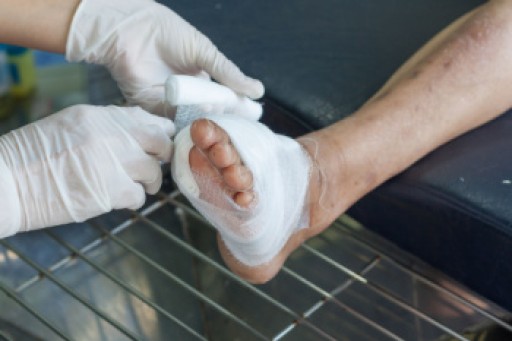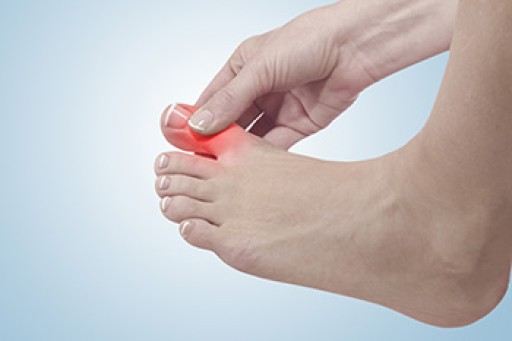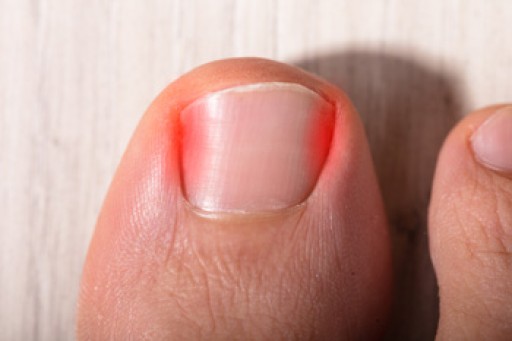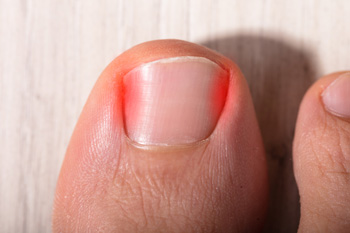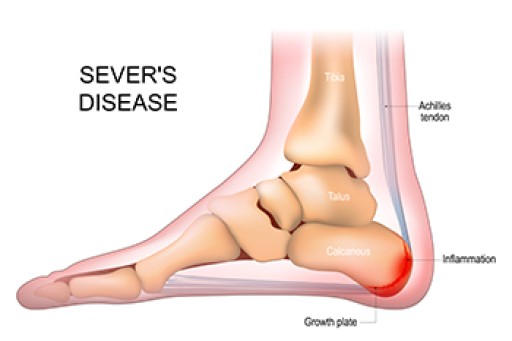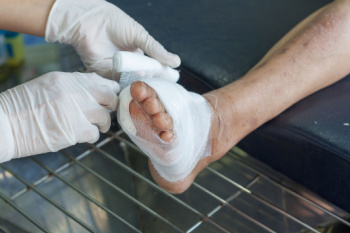
Diabetes can lead to several foot problems due to poor circulation and nerve damage. High blood sugar may reduce blood flow to the feet, making it harder for the body to heal even small cuts or blisters. At the same time, diabetic neuropathy, which is nerve damage caused by prolonged high glucose levels, can reduce feeling in the feet. This makes it easier for injuries to go unnoticed and become infected. Some diabetic patients may develop sensory neuropathy, which affects the ability to feel pain or temperature changes, while others may develop motor neuropathy, which can change the shape of the foot and cause the toes to curl. Dry skin from reduced sweating may also lead to cracks that increase the risk of infection. Foot ulcers, deformities, and even bone fractures can occur if these issues are left untreated. A podiatrist can examine the feet for signs of damage and provide proper diabetic foot care, including wound management or surgery, if needed. If you have diabetes and are experiencing foot pain, it is suggested that you schedule regular appointments with a podiatrist who can provide expert care in managing this serious condition.
Diabetic foot care is important in preventing foot ailments such as ulcers. If you are suffering from diabetes or have any other concerns about your feet, contact Vincent, Vess from Fourth River Foot & Ankle. Our doctor can provide the care you need to keep you pain-free and on your feet.
Diabetic Foot Care
Diabetes affects millions of people every year. The condition can damage blood vessels in many parts of the body, especially the feet. Because of this, taking care of your feet is essential if you have diabetes, and having a podiatrist help monitor your foot health is highly recommended.
The Importance of Caring for Your Feet
- Routinely inspect your feet for bruises or sores.
- Wear socks that fit your feet comfortably.
- Wear comfortable shoes that provide adequate support.
Patients with diabetes should have their doctor monitor their blood levels, as blood sugar levels play such a huge role in diabetic care. Monitoring these levels on a regular basis is highly advised.
It is always best to inform your healthcare professional of any concerns you may have regarding your feet, especially for diabetic patients. Early treatment and routine foot examinations are keys to maintaining proper health, especially because severe complications can arise if proper treatment is not applied.
If you have any questions, please feel free to contact our offices located in Pittsburgh, White Oak, and McKeesport,PA . We offer the newest diagnostic and treatment technologies for all your foot care needs.
